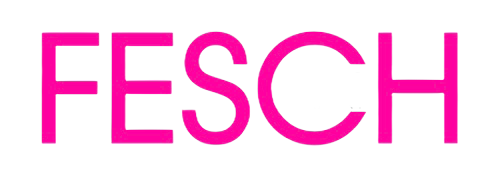ANDREAS FISCHER – NUTZLOSES HAUSTIER TRIFFT HAUSLOSES NUTZTIER
FESCH.TV INFORMIERT:
What would happen if a houseless farm animal met a useless house pet?
The artist’s kinetic machines fill the gallery space with life. Crucially composed with a heavy dose of humor and biting satire, Fischer’s collaged “foreign bodies” are objects recombined and enlivened by movement and narrative sound—the strangeness of which makes its ostensibly common components seem at once familiar and extremely unsettling. The artist himself is present in these machines, having infused them with his own language. Fischer transforms old, electronic devices into new entities. Every one of these technical apparatuses tells a story. Made of discarded objects that the artist finds and rebuilds, they often consist of technical gadgets that predate digitalization. Sculptures in the exhibition interact with visitors by means of a motion detector. The artist juxtaposes two works at a time in the exhibition; their disquieting sounds and movements fill the gallery space.
“One day”, a work from 2017, features a machine that is searching for something, emphasizing the temporal dimension. An erstwhile radar box with two round buttons has the appearance of a figure. Rising from the body is a metal rod attached to a loudspeaker. The figure frantically searches for something on the ground with a metal plate. The work depicts an inner struggle. It is not easy to tell the truth and the dialogue comes across as a confession. A pulling magnet hangs loosely from the metal rod, heightening this conveyed sense of uncertainty.
The glowing letters “Ofen aus 2 wiedermal” (Oven out of 2 once again) recall the luminous signage seen in stores. The artist has transformed the original “Open” to read Ofen (the German word for oven). Fischer has previously installed the work on a trailer sculpture. The garish neon lettering glows brightly in the gallery space, raising doubts as to the meaning of this “oven.”
“Entscheidungshilfe” (Decision aid) manifests as a small cabinet on four wheels, from which a long object protrudes into the room. It has the look of an arm from which two wheels are being lowered to the ground with a string. The object is playing “Fare-well to Cheyenne,” a song from the soundtrack to the 1968 film Once Upon a Time in the West. The machine symbolizes the difficult act of making decisions. The wheels metaphorically represent the outcome—failure—in that the objects can never be fixed to one spot. Besides the film music, one also hears the sound of artist’s breathing. Here again, the sculpture takes on a personified quality as a result of its novel form in combination sound.
“As If There Was A Plan” consists of three objects. Two upright cake forms on metal rods resemble the eyes or antennae of an insect. Resounding from them is narrative language that strikes a contrast with the movement in the center. An old craftsman’s cabinet perched on four wheels has been combined with an exhaust hood topped with two antennas. Cables connect the three objects with one another in a way that fills the space. A drawer opens, releasing fog. The apparatus nods and appears to sigh in response. There is no sign of any “plan” as suggested by the title, no resolution in sight.
Outdoors, we are greeted by the work “Waldmaschine Westfall” (Forest Machine Westfall). Completed in 2020, it consists of a trailer and a box with closed roller-shutters. Nightfall permits a glimpse of the interior. Mounted on the white box are a large surveillance camera and solar panels. The sculpture generates its own electricity. The work plays with people’s expectations. Is this a commercial stand? Is something for sale? Playing inside is the Christmastime children’s song “Advent, Advent ein Lichtlein brennt” (Advent, Advent, A Little Light is Burning), performed in various different ways. The sculpture recalls Michael Asher’s travel trailer, his recurring contribution to Skulptur Projekte Münster which appears in a new location in the city every week. Both works question the internal qualities and role of the object. Fischer underscores this dislocation through the addition of sound and the camera, which intermittently begins to smoke.
Andreas Fischer’s works succeed in humanizing machines. Their unsettling choreography and appearance lead us to question other processes in our everyday lives. The result is a captivating grappling with sounds, movements, and forms in the gallery space.
Since the early 2000s, Andreas Fischer’s works have been the subject of numerous institutional exhibitions in Germany and abroad, including at the Kölnischer Kunstverein, Heidelberger Kunstverein, Kunstverein Bonn, Kunsthalle Düsseldorf, Museum Ludwig, Kunstverein Braunschweig, Hamburger Bahnhof Berlin, Hamburger Kunstverein and Museum Marta Herford. Fischer’s works are in the collections of the Museum Ludwig Cologne and Kunsthaus NRW in Kornelimünster, among others.
Deinen Freunden empfehlen:






